5 Species Thought to Be Extinct in the US Are Staging Incredible Comebacks
Read on to find out more about who they are.
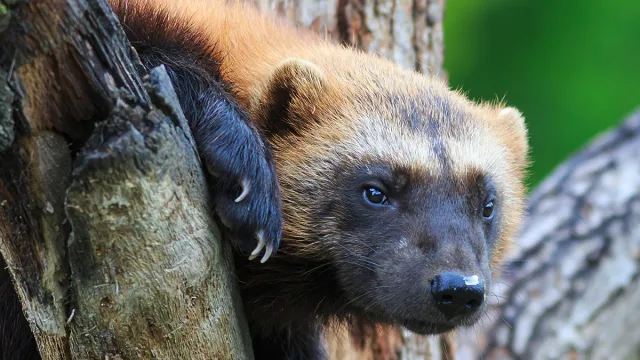
There hasn’t been a wealth of good environmental news of late, but this week, scientists reported on the sighting of an animal in the Pacific Northwest that was thought to be extinct—a discovery that’s good news for the environmental health of the region. And as it turns out, this animal isn’t the only endangered or believed-extinct species in the U.S. that has managed to stage a comeback against the odds in recent years. Read on to find out more about who they are.
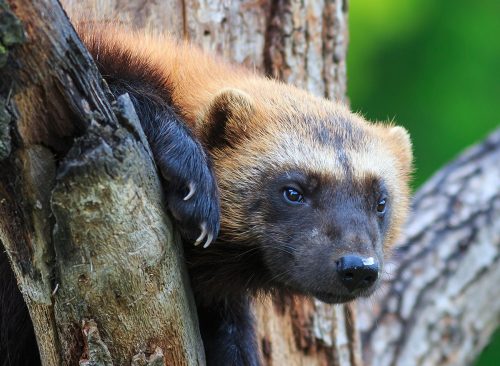
This week, local wildlife officers reported seeing a male wolverine strolling through the snow in the eastern Sierra Mountains. The sighting was notable because only one has been seen in the last century. The local population was thought to have gone extinct in the 1920s as the result of Gold Rush-related fur trapping. “It’s just really exciting and surprising,” said Daniel Gammons, a senior environmental scientist in California’s Department of Fish and Wildlife. It’s believed the wolverine may have been looking for a mate and may have traveled from as far as Canada or Alaska.
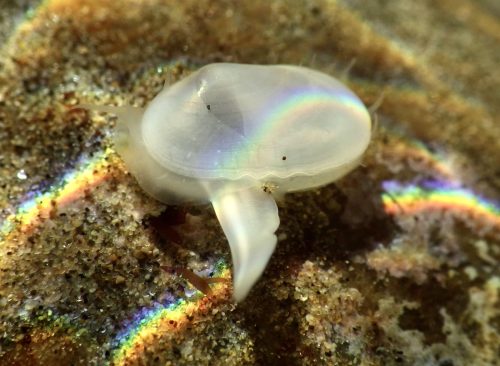
Last November, California researchers said they’d found a live clam previously believed to have been extinct for more than 40,000 years. Cymatioa cooki had only ever been found as a fossil, so scientists presumed it had expired tens of thousands of years ago. But scientists at the University of Southern California-Santa Barbara caught one and were shocked when they compared it to other samples in the fossil record, finding the ancient match. The researchers believe this particularly clam species may have been living further south, and warming waters pushed larvae north and into their spotlight.
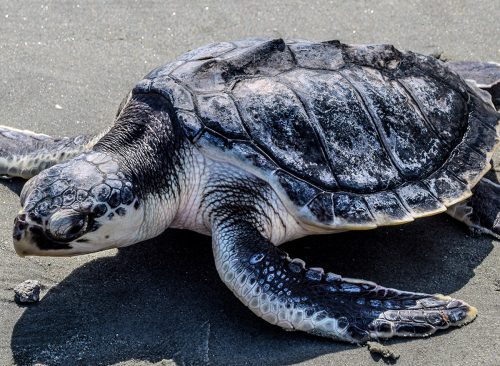
In September, scientists discovered hatchlings of Kemp’s ridley sea turtle, the world’s smallest and most endangered sea turtle, on a small remote barrier island in Louisiana for the first time in 75 years. “Scientists and environmentalists are celebrating it as a major preservation success, especially considering the numerous hurricanes and environmental disasters that have wreaked havoc on the vanishing 50-mile-long island chain and its wildlife over the past decade or so,” PBS Newshour reported. The experts say it’s a sign that recent attempts to clean up the waters and preserve the eroding shoreline are working.
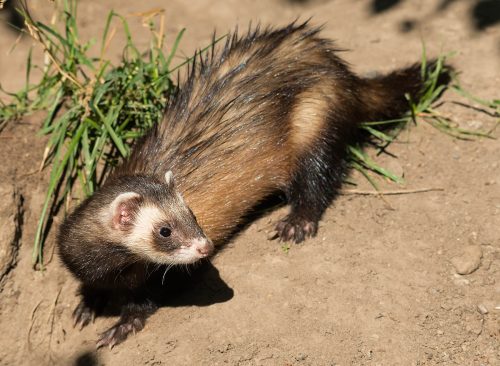
The black-footed ferret was once the rarest mammal in the world—only 18 were believed left in the U.S. in 1987—so experts were shocked when a Colorado man discovered one in his garage in November 2021. The animal was nearly wiped out by widespread hunting and extermination of the prairie dog, its main source of food. But scientists started a captive breeding program and began re-releasing them into national parks. They now number about 605, with nearly half in captivity. Experts want to boost the population to 3,000; their recovery in the wild would be evidence America’s grasslands are in good shape.
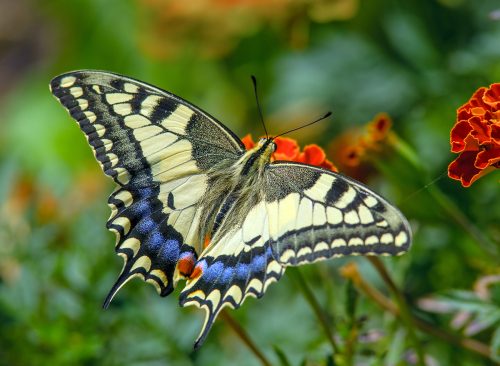
For decades, animal experts in Florida felt hopeless about the Schaus’ swallowtail butterfly, whose population had seemingly dwindled to only four adults in 2012. A monitoring and breeding program were launched, and in the summer of 2021, their population had bounced back to 1,700, the Lake Wales News reported. Urban development, insecticides, and hurricanes had decimated their numbers, leading to the chocolate-and-yellow insects becoming the first placed on the Endangered Species list in 1973. Participants in the breeding program say the next step is to help the butterflies thrive without human intervention.














